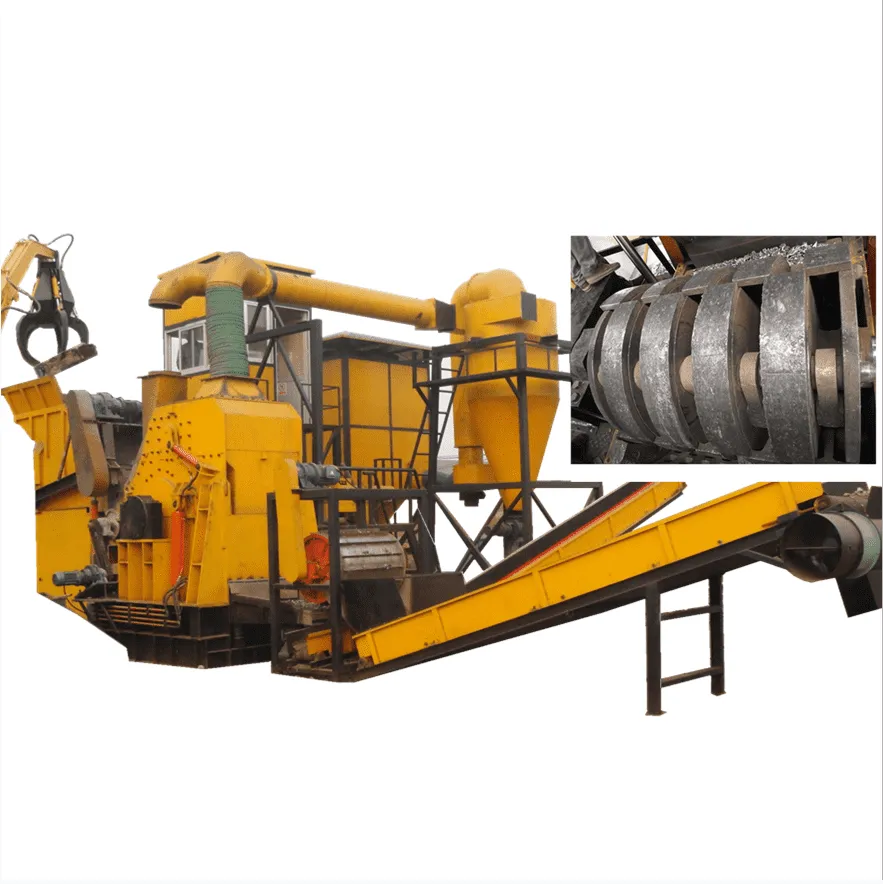
10 月 . 02, 2024 20:19 Back to list
How to Properly Dispose of E-Waste
Electronic waste, commonly known as e-waste, includes discarded electronic devices such as computers, smartphones, televisions, and other gadgets. As technology advances, e-waste has become one of the fastest-growing waste streams globally. Improper disposal of e-waste can lead to serious environmental contamination and health hazards due to the toxic materials often found in these products. Therefore, learning how to properly dispose of e-waste is essential for both individuals and communities.
First and foremost, it is crucial to understand what constitutes e-waste. Items like old computers, batteries, circuit boards, and defective appliances are all examples of e-waste. These products can contain harmful substances such as lead, mercury, and cadmium, which can leach into the soil and water if not disposed of correctly.
To start the disposal process, individuals should first assess whether their old electronics can be repaired or reused. Many devices, particularly computers and smartphones, can be refurbished or upgraded, extending their lifespan significantly. Donating these functioning devices to local charities or schools is a responsible choice, as it supports others in need while reducing waste.
For items that are no longer usable, recycling is the best option. Many communities offer e-waste recycling programs where residents can drop off their old electronics. These programs ensure that e-waste is handled appropriately, allowing valuable materials like metals and plastics to be recovered and reused. It is essential to verify that the recycling facility adheres to proper e-waste recycling standards and practices.

Another option is to participate in manufacturer take-back programs. Many electronics manufacturers provide initiatives that allow customers to return their old products for recycling. This not only facilitates the proper disposal of e-waste but also fosters a circular economy, where materials are continuously reused.
If a recycling program or take-back option isn't available, responsible disposal alternatives might include contacting local waste management services to inquire about e-waste collection days or events
. Many municipalities hold special collection drives where residents can safely dispose of their electronic waste.Finally, it’s important to securely wipe any personal data from devices before disposal. This can be achieved by performing a factory reset or using data destruction software to prevent identity theft or unauthorized access to sensitive information.
In conclusion, properly disposing of e-waste is vital for protecting the environment and human health. By considering repair or reuse, utilizing recycling programs, and ensuring personal data security, individuals can make a significant impact in managing electronic waste sustainably. Remember, responsible disposal not only helps the planet but also fosters a culture of environmental stewardship.
Latest news
Unveiling the Power of Eddy Current Separator
NewsSep.25,2024
Transform Your Home Recyclin:home metal shredder
NewsSep.25,2024
The Future of Waste Management with Recycling Line Picker
NewsSep.25,2024
The Benefits of a Metal Recycling Plant
NewsSep.25,2024
Revolutionize Material Separation with Onwang Technology
NewsSep.25,2024
Innovative Waste Management: Unveiling the MSW Sorting Plant
NewsSep.25,2024